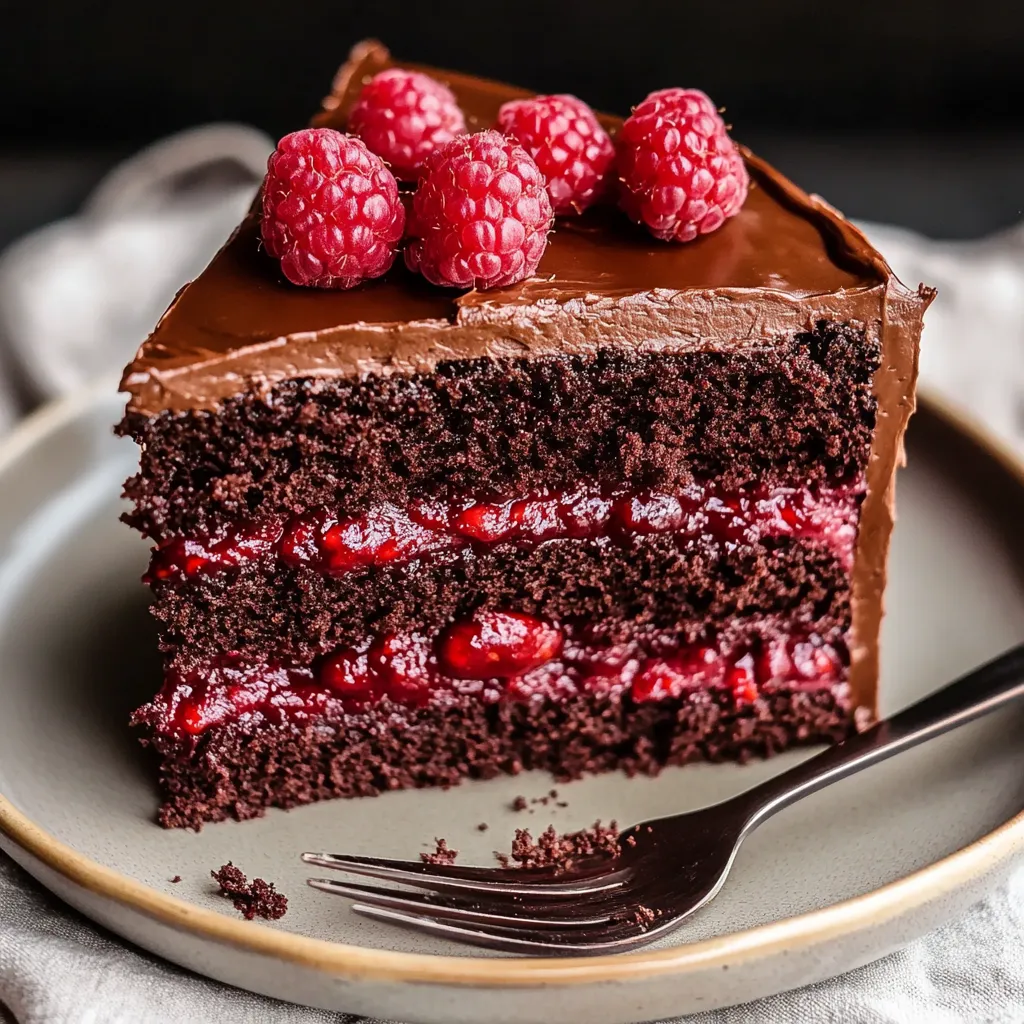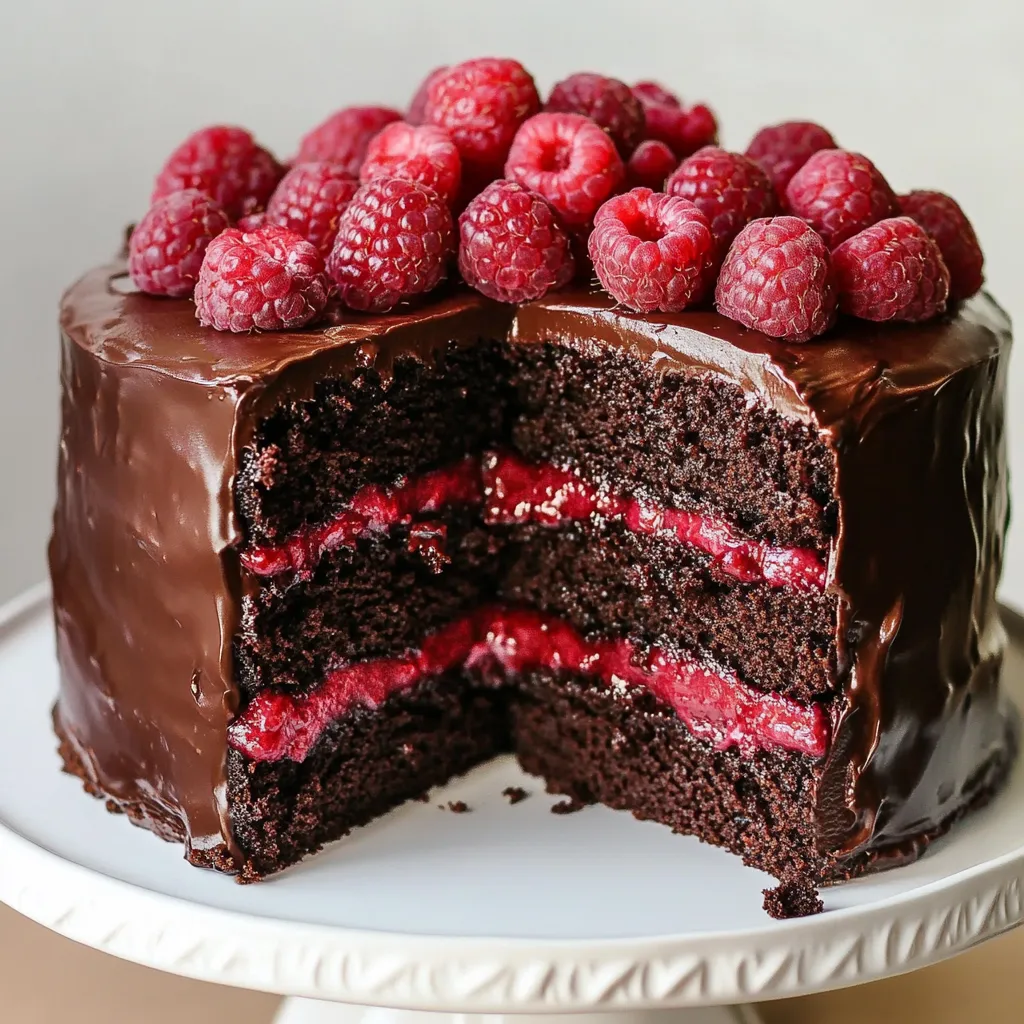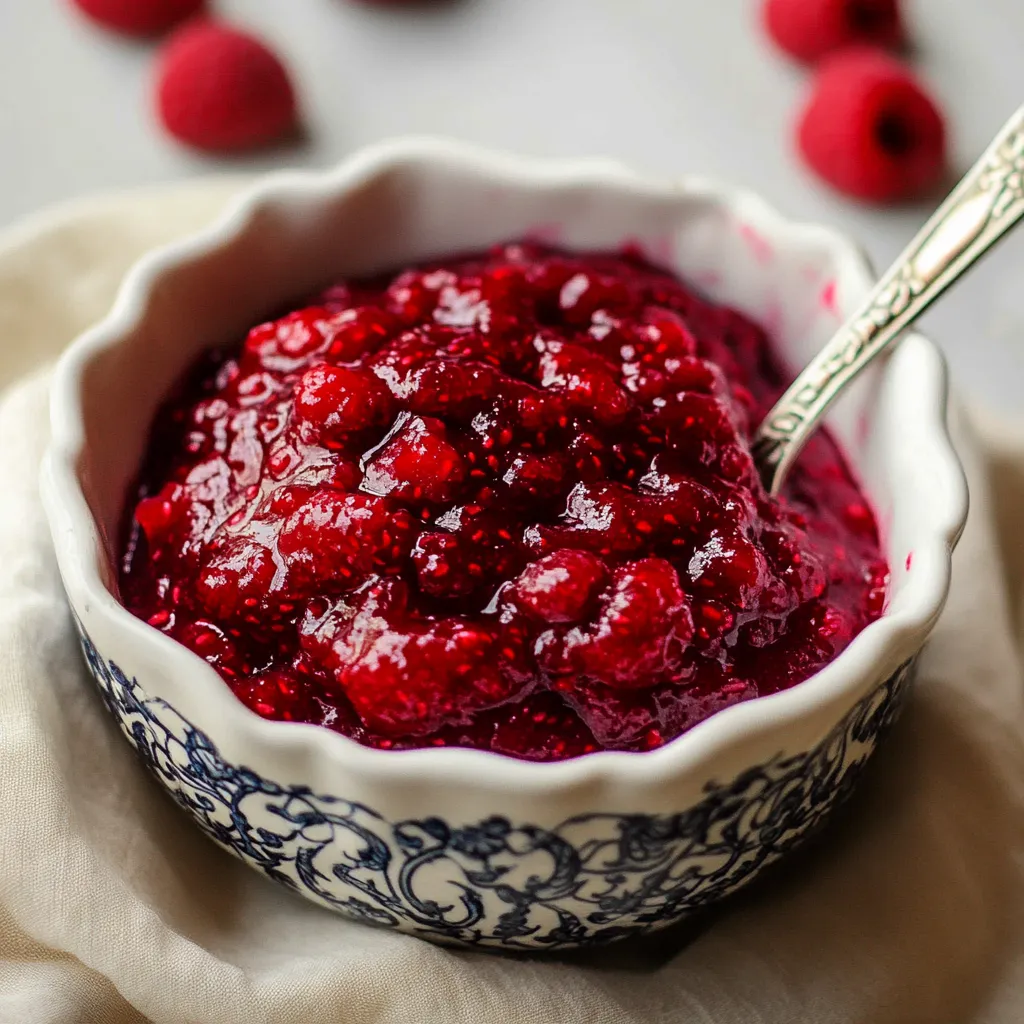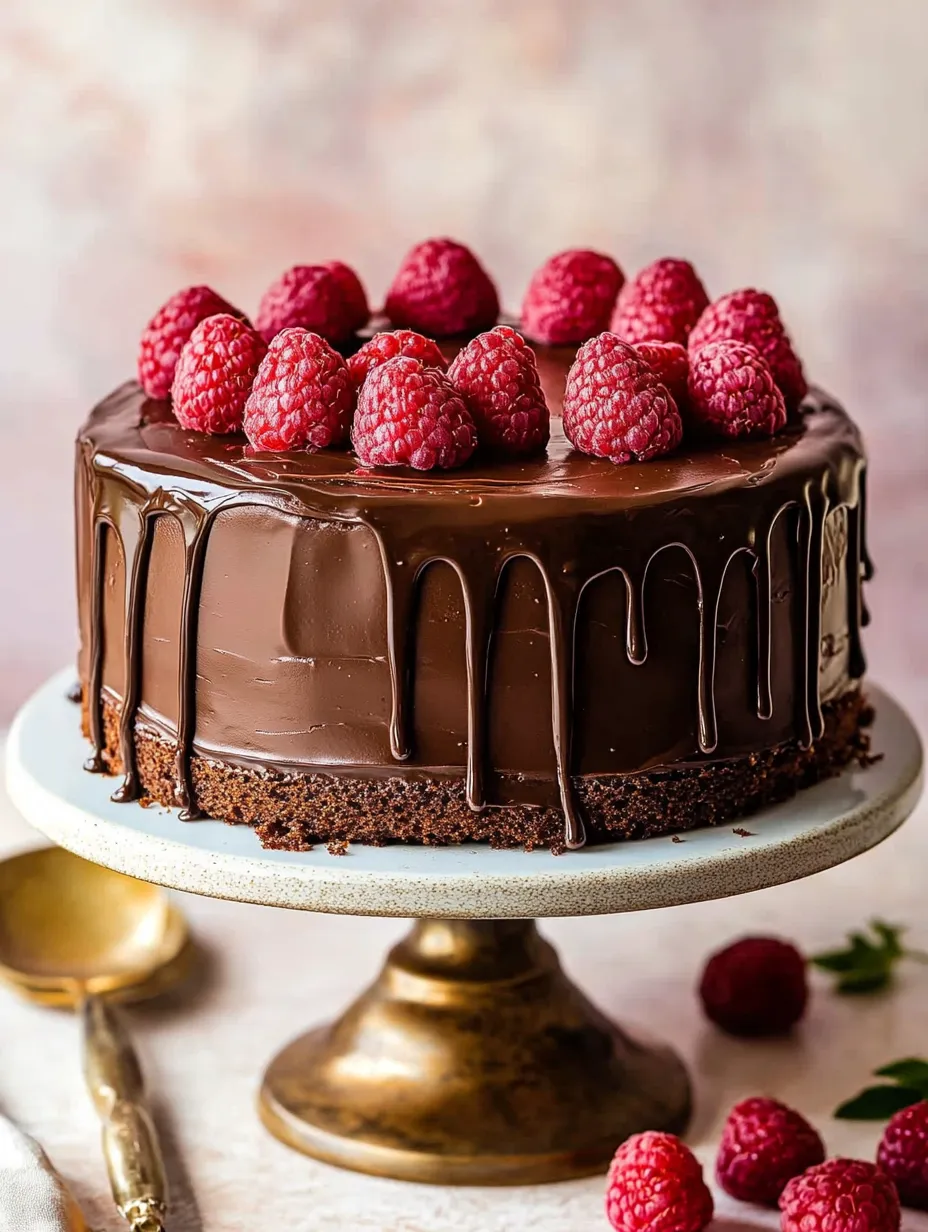 Pin it
Pin it
These bite-sized delights bring luxurious flavor to classic comfort with our Mini Vanilla Pound Cakes. Each little gem offers buttery goodness in an individual serving. You'll love the soft vanilla-speckled texture topped with bright raspberry glaze - it's a sweet treat that feels familiar yet exciting, whether you're sharing with a loved one or enjoying a quiet moment of sweet pleasure.
I still remember my aunt's shocked face when I first brought these to our family dinner. She was convinced I'd picked them up from a fancy bakery downtown. My secret? I take my time with the butter-sugar mixing and use both vanilla extract and real vanilla bean seeds.
Key Ingredients and Smart Picks
- Butter - Go for unsalted, premium butter that's at least 82% fat. You'll taste the difference in every mouthful
- Sour Cream - Don't even think about using low-fat here. The full-fat version gives you that incredibly soft, moist texture you'll crave
- Vanilla Bean - Try to find fat, moist pods. Those tiny seeds make pretty spots in your cake and add amazing real vanilla taste
- Eggs - Use fresh eggs at room temperature to help everything mix better and make your cakes rise properly
I've figured out that how you measure flour can make or break these cakes. I always scoop flour with a spoon into my measuring cup then level it off flat - never push it down.
 Pin it
Pin it
Step-by-Step Guide
- Setting Up
- 1. Put your oven rack right in the middle and heat to 325°F. This lower temp helps everything bake evenly. While it heats up, really butter your mini Bundt pan, getting into all the little grooves.
- Making The Base
- 2. Your butter should be room temp - soft enough to dent when you press it but not melting. Mix it with both sugars until it's super fluffy, about 3-4 minutes. Don't cut this short, it's what makes your cake's texture so good.
- Creating Your Mix
- 3. Put in eggs one at a time, mixing well after each. Don't worry if it looks a bit lumpy - that's normal. Scrape the bowl often so everything mixes in.
- Getting It Wet
- 4. Stir in the sour cream and vanilla just until mixed. Then add your flour mixture in three batches. When done, your batter should be thick and rich, kind of like ice cream that's starting to soften.
- Baking It Up
- 5. Fill each little cake space about 2/3 full so they have room to grow. Tap the pan on the counter to get air bubbles out. Bake for 20-25 minutes until a toothpick comes out mostly clean.
I learned a cool trick last month - put strips of parchment paper under each cake before you add the glaze. Makes cleanup so much easier. It's these small hacks that make baking more fun.
Handling Small Cake Forms
When you work with mini Bundt pans, you've got to pay attention to the details. Each little cake space needs the same amount of batter for even cooking. I use an ice cream scoop to keep portions the same - it's been a total game-changer.
 Pin it
Pin it
Perfecting Your Glaze
Getting that raspberry glaze just right takes a bit of time. Start with some fresh berries, push them through a strainer to get the seeds out, then slowly mix in powdered sugar. You want it about as thick as warm honey - enough to stick but still run down the sides in pretty drips.
Make-Ahead Options
These little cakes actually taste better after sitting for a day as the flavors mix together. Just keep them covered at room temperature for up to 3 days. If you want to make them way ahead, freeze them without glaze for up to 3 months.
Temperature Tricks and Timing Secrets
Getting these mini cakes just right means knowing how temperature affects everything. Using room temperature stuff isn't just what bakers say - it's actual science. Cold eggs or butter can make your mix separate and ruin all your hard work. Even how warm your kitchen is matters. On cold days, I need to mix the butter and sugar a minute or two longer to get it fluffy enough. For baking, I always let my oven heat up for at least 20 minutes so it's the same temperature all the way through, which keeps the cakes from cooking unevenly.
Choosing and Prepping Your Pans
These cakes look great in mini Bundt pans, but the kind of pan really changes how they turn out. Dark metal pans brown cakes faster, so I turn the heat down by 25°F when I use them. Light-colored pans give a softer crust but might need a few more minutes to cook through. After making tons of these, I've found that a well-used Nordic Ware pan gives the clearest designs, but any good mini Bundt pan works great if you prep it right. My secret trick is brushing melted butter and flour into every little corner. It might seem like extra work, but it's saved so many cakes from sticking, especially with those fancy Bundt shapes.
Pro Baker Advice
- Check if they're done 5 minutes before the timer goes off - all ovens cook differently
- Let them cool in the pan for exactly 10 minutes before turning them out
- When using vanilla beans, cut them open and scrape with your knife back to get all the seeds
 Pin it
Pin it
Wrapping Up
After years of baking these little treats, I've learned you can't rush pound cake perfection. There's something truly special about taking these golden beauties out of the oven, each one a perfect little serving of comfort and style all in one.
Frequently Asked Questions
- → Can I prepare this beforehand?
- Absolutely, you can make parts separately and the cake freezes nicely
- → What's the purpose of adding coffee?
- It enhances chocolate richness without leaving any coffee taste
- → Will frozen raspberries work?
- They're totally fine for the filling - use them straight from freezer
- → Why must ingredients be room temperature?
- This creates smoother mixing and improves the cake's structure
- → Is a smaller version possible?
- Definitely, we've included directions for a 6-inch cake
